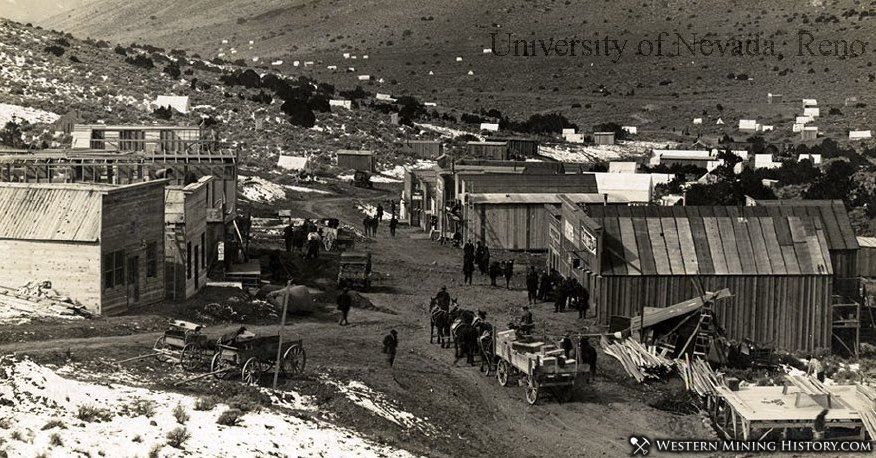Rochester History
Lower Rochester had a post office from 1915 to 1943. Rochester had a post office from 1913 to 1926. Upper Rochester had a post office from 1927 to 1928.
Gold was discovered in Rochester Canyon as early as the 1860s, reportedly by men from Rochester, New York. The district remained insignificant until rich silver ore was discovered in 1912. The discovery led to the settlement of Rochester in 1913.
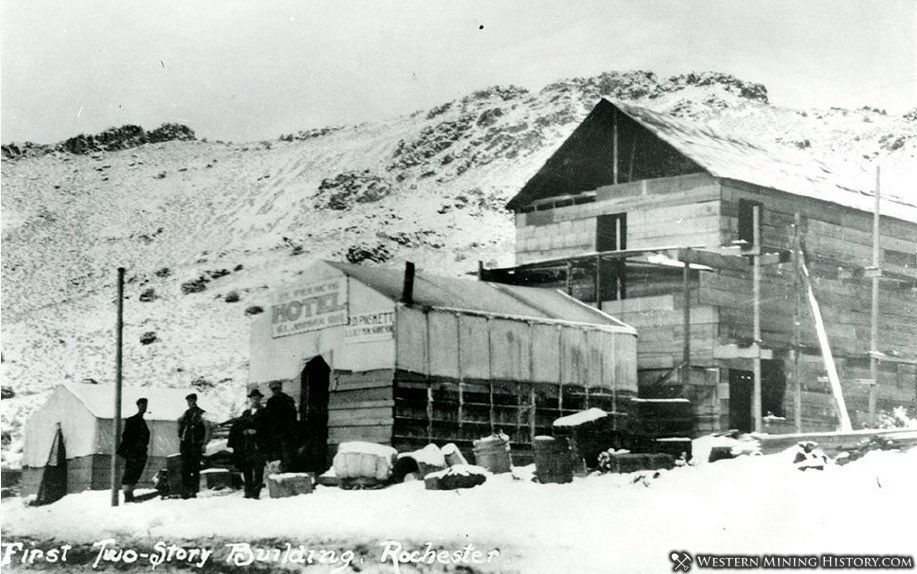
Rochester was actually a long continuous settlement spanning over two miles in the canyon. The community was divided into many smaller towns, three of which had post offices: Upper Rochester, Rochester, and Lower Rochester. The combined community had over 2,000 residents during the 1913 boom.
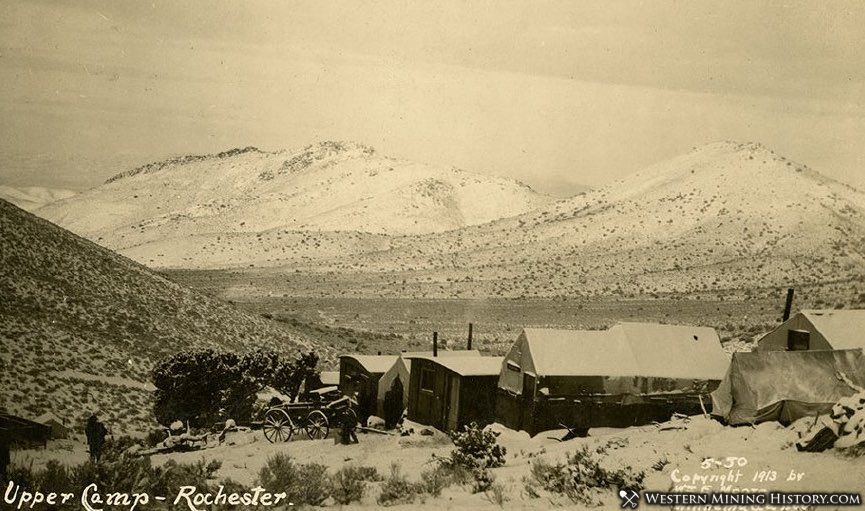
In 1914 a railway linked Oreana with Lower Rochester. As a result, Lower Rochester grew to be the largest town in the district. A 100-ton stamp mill was built in the lower camp.
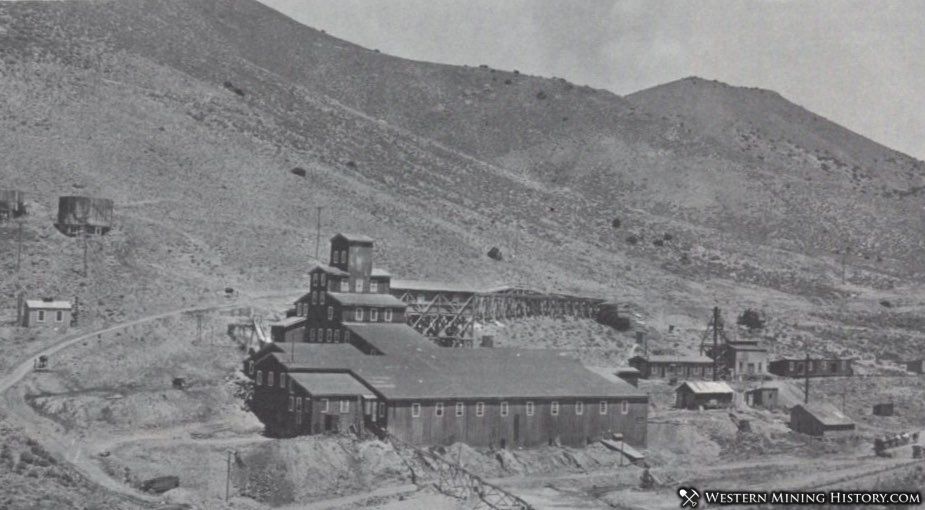
The mines at Rochester peaked in the 1920s. Rochester and Upper Rochester lost their post offices during this decade. Lower Rochester lasted longer, but by the early 1940s most activity had ceased in the district and Rochester became a ghost town.
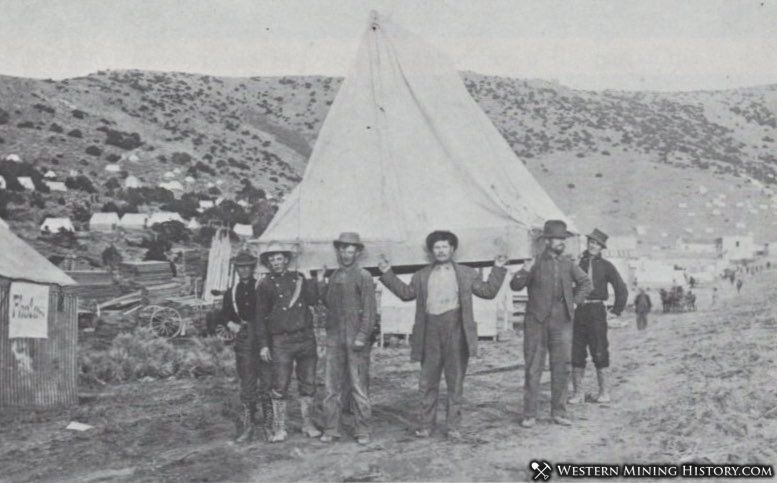
Rochester's mines produced over nine million dollars making it one of the state's more productive districts.
Nevada Mining Photos
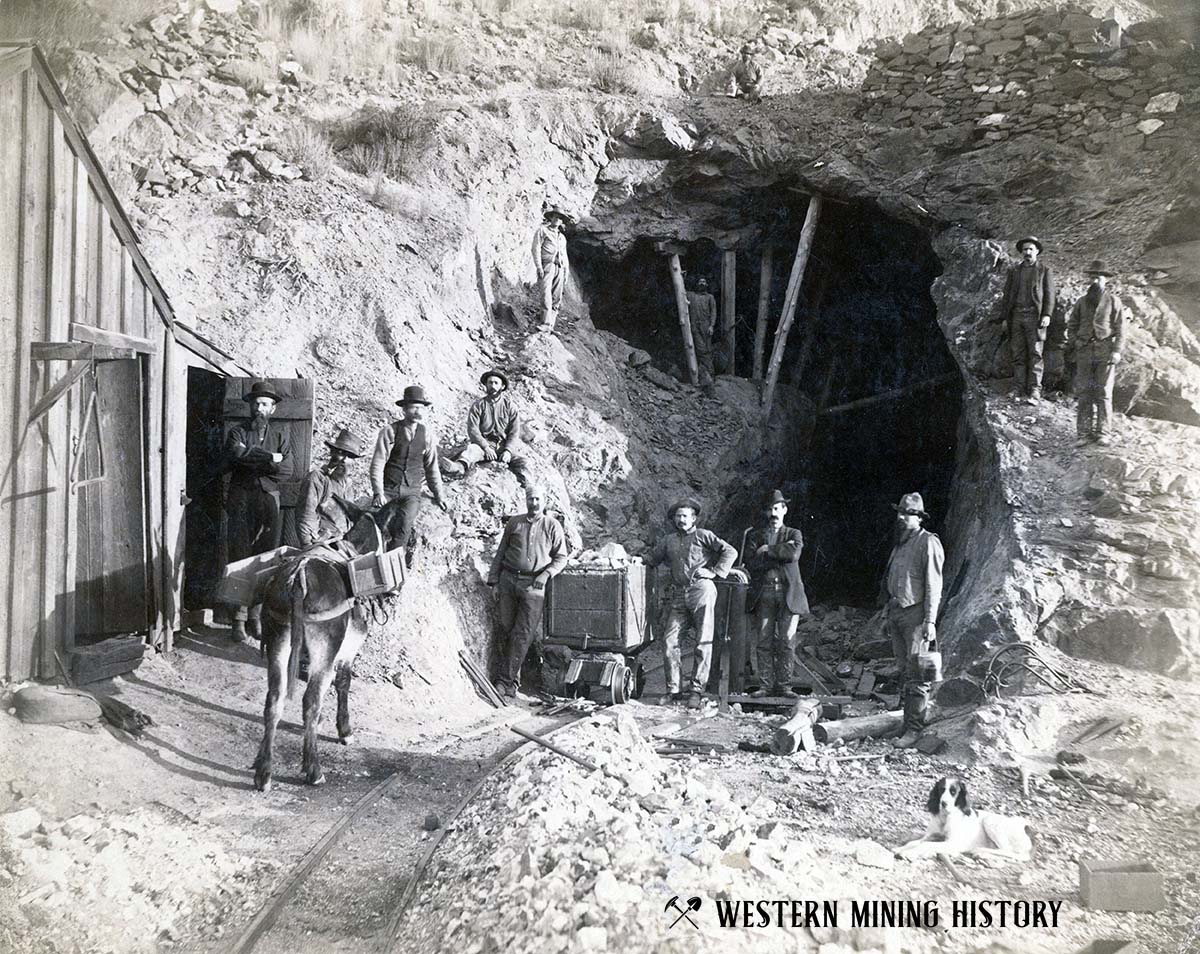
A Collection of Nevada Mining Photos contains numerous examples of Nevada's best historic mining scenes.
Nevada Gold

Nevada has a total of 368 distinct gold districts. Of the of those, just 36 are major producers with production and/or reserves of over 1,000,000 ounces, 49 have production and/or reserves of over 100,000 ounces, with the rest having less than 100,000 ounces. Read more: Gold Districts of Nevada.
